Allen Ginsberg lived in Berkeley from September 1955 until August 1956. In August 1955 he wrote Kerouac: “I found a cheap house … perfect place to retreat be quiet, which is my desire since I am more absorbed writing than before.”
I have written about his time here, but until Labor Day weekend I had not seen photographs of the cottage he rented behind 1624 Milvia. I now have five photos of the cottage, thanks to Dennis Starleaf, who rented the cottage a few years after Ginsberg.
I have still not found a photo of what 1624 Milvia looked like then.
This photo shows the two houses immediately north of his house. 1622 has been razed, but 1620 (on the right) stands.
Standing where 1624 once stood is this. Ouch.
This photo is said to be Ginsberg in the backyard.
Here Ginsberg sits on the cottage porch steps. This is as close as I had gotten to the cottage.
Jack Kerouac described the place as a “rose-covered cottage.” He wrote, “The old rotten porch slanted forward to the ground, among vines, with a nice old rocking chair that I sat in every morning to read my Diamond Sutra. The yard was full of tomato plants about to ripen, and mint, mint, everything smelling of mint, and one fine old tree that I loved to sit under and meditate on those cool perfect starry California October nights unmatched anywhere in the world.”
Ginsberg wrote “A Strange New Cottage in Berkeley” about the place, impressed more with “bramble blackberries” on the fence than the mint. The one fine old tree mentioned by Kerouac is possibly the tree “with its rotten old apricots” mentioned by Ginsberg. Listen to him read it here. Please. Really. Please.
Ginsberg also started his poem “America” while in Berkeley. In it he writes of reading Time magazine in “the basement of the Berkeley Public Library.” He wrote “A Supermarket in California” on Milvia.
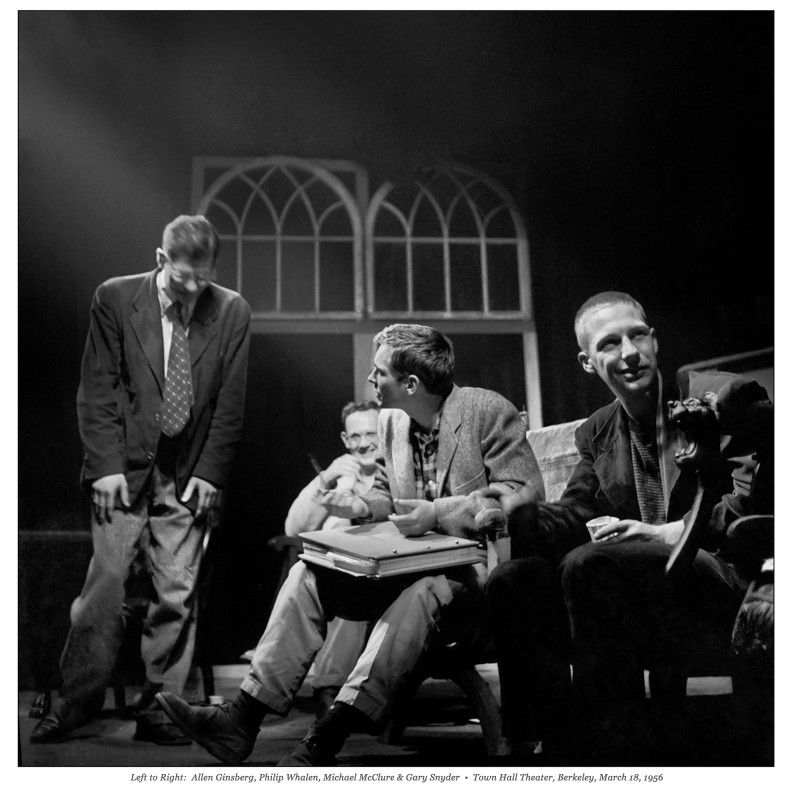
Ginsberg, Philip Whalen, Michael McClure, and Gary Snyder at Berkeley reading. Photo: Walter Lehrman
In 1956, Cal literature professor Thomas Parkinson organized a reading of “Howl” at the Town Hall Theater at 2787 Shattuck (now home to Sconehenge), five months of his first reading of the poem at the Six Gallery in San Francisco. For the first time, Ginsberg read all three parts of Howl.
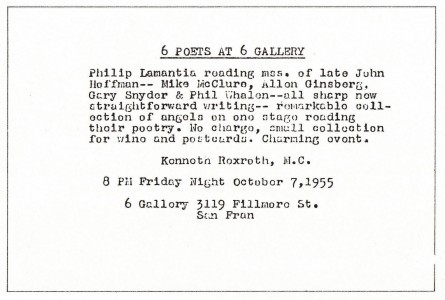 For the Six Gallery reading, Ginsberg had only finished Part I and only read Part I. In the intervening months, he finished the poem, working in his cottage on Milvia and at the Med. In “Howl” Ginsberg wrote of “… the door of my cottage in the Western night.” This is believed to have been the Milvia cottage.
For the Six Gallery reading, Ginsberg had only finished Part I and only read Part I. In the intervening months, he finished the poem, working in his cottage on Milvia and at the Med. In “Howl” Ginsberg wrote of “… the door of my cottage in the Western night.” This is believed to have been the Milvia cottage.
The first known recording of “Howl” is from that March 18th Berkeley reading. It may be found on his 1994 album Holy Soul Jelly Roll.
Ginsberg wrote that the theater was “festooned with Chinese brush orgy drawings by Robert LaVigne.” Kenneth Rexroth was the master of ceremonies. Poets Gary Snyder, Michael McClure, and Philip Whalen shared the stage with Ginsberg. Ginsberg read “Howl,” “America,” “Sunflower Sutra,” and “A Strange New Cottage in Berkeley.”
On the morning of the reading Ginsberg climbed a tree in his backyard on Milvia with painter Robert Lavigne and an unidentified woman.
And that’s all I had until Dennis Starleaf wrote me. He lived in that cottage from about May of 1958 through February 1959. Of the exterior shot of the cottage at the lead of this post, he wrote: “The English bicycle leaning against one of the porch posts is mine. I bought it from the person who rented the place just before I did. I don’t remember his name, but he was a graduate student in mathematics who had decided to give up on math and go to medical school. I kept that bicycle for many years and then gave it to one of my granddaughters who I believe still has it in Cedar Rapids, Iowa.”
He sent four interior photos:
Of the interior, Starleaf writes:
Almost all the furniture was in the cottage when I moved in and I left it there when I moved out. The canvas chair was there. The bed was just a matress on a piece of plywood and the plywood sat on wood blocks. The table was there as were the straight back wood chairs. The floor lamp was there.
The bottom picture shows the desk/eating table. The door to the rear in this picture is the door to the bathroom – toilet, sink and bathtub with an overhead shower and shower curtain. I was a sophomore when I moved into the cottage and I was on the drill team of the army ROTC – hence the white helmet. I still have the lamp and most of the books that are in this picture.
I don’t have a picture of the kitchen. It was small with a gas stove, a sink and a modest counter space. A refrigerator did not come with the place. I bought the refrigerator from the previous renter (the guy going off to medical school). And I sold it when I vacated the place.
The rent was $25 or $35 a month, Starleaf isn’t sure. Starleaf married at the end of 1958 and moved to “a more suitable apartment” the following spring.
Did he know that Ginsberg had lived there? “At the time that I lived in that cottage, I did not know that Ginsberg had lived there. In fact, the Ginsberg name would not have registered with me. I was, of course, a serious student. But Berkeley was a very different place in the late 1950s than it became shortly thereafter. In the three years that I was a student at UC Berkeley, for example, I never encountered a person, student or otherwise, who was smoking marijuana. And I do not recall any sort of protest demonstration taking place on the campus. My time there was all pre-Vietnam, of course.”
Was the apricot tree still there? “I remember picking fruit from a tree in the yard of my cottage but I don’t remember what kind of fruit it was. I also remember eating berries from vines growing in the yard.”
Starleaf graduated from Berkeley at the end of the summer of 1959. He earned an MA at UCLA in 1960 and then went to Vanderbilt University for his PhD. All of his degrees are in economics. He was hired by Iowa State University in the fall of 1963 and retired at the end of the 1998. Macroeconomics and monetary economics are his areas of expertise.
Yes, Berkeley was oh so different in the late 1950s. Thanks to Dennis Starleaf, we have a glimpse of that time and these five precious photos of Ginsberg’s rose-covered cottage. We have a past, a proud past. We have a character. Berkeley grows and our character and personality evolve, but it is there. It included in the 1950s beat poets and young economics students, both living in a rose-covered cottage with blackberries in the yard.
The fact that Quirky Berkeley reached Starleaf and prompted this brilliant addition to history (I know, I am geeking out about Ginsberg in Berkeley but I am NOT ALONE) stuns me. Who knew that this could happen? Oh yes, I know someone with a better grasp of how these things happen had to know it, but it surprises me, in a really happy surprise way.
I showed my friend the post. I know that he likes to go and sit in the Poetry Garden on Milvia and think about Ginsberg and Kerouac and Burroughs and Snyder and the others. I wasn’t sure how he was going to take these new photos. He sat quietly looking at them. He made some notes on an index card – possibly about the furniture in the photos, perhaps as additions to his Danish modern-themed quarters.
What about the post?


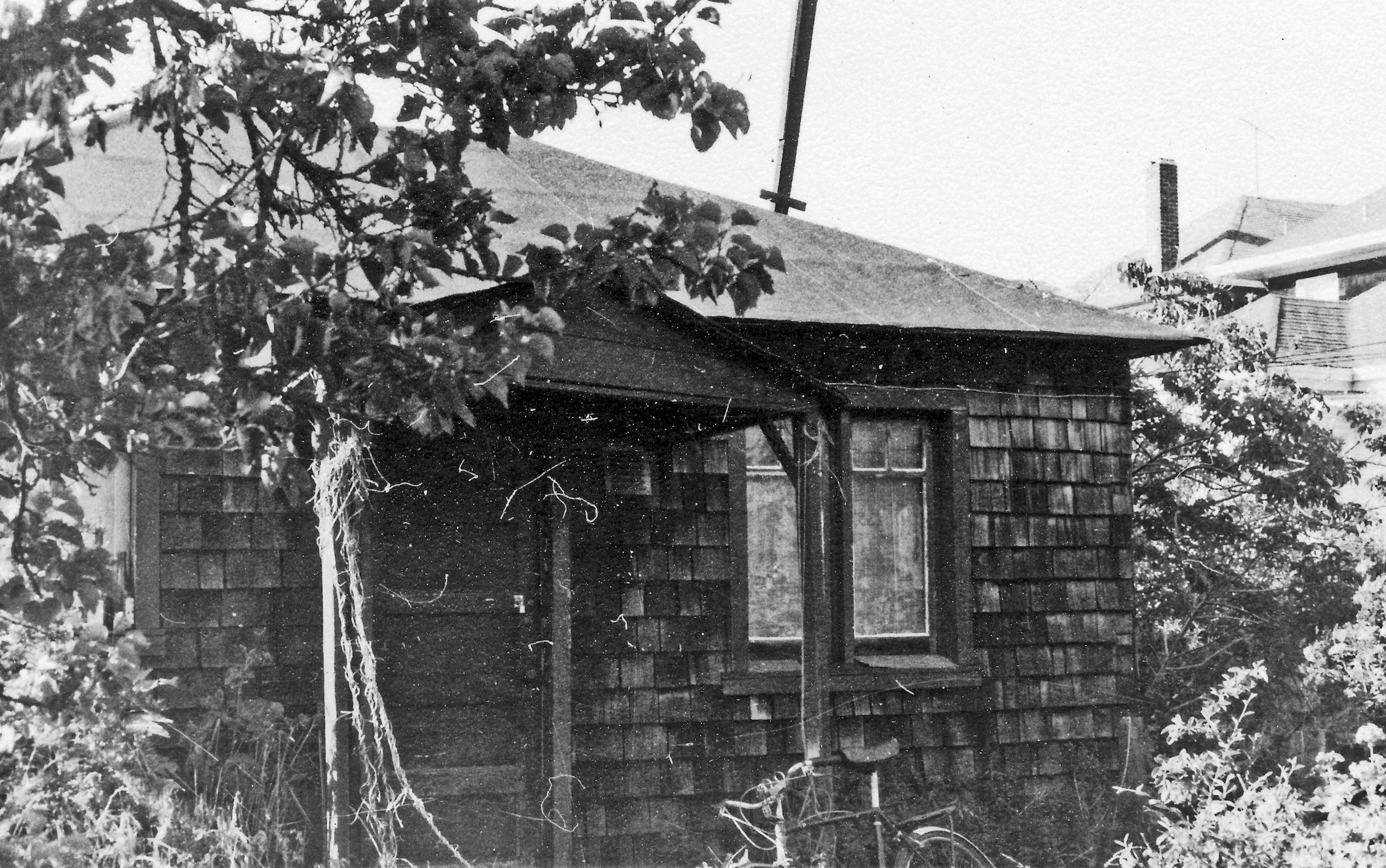
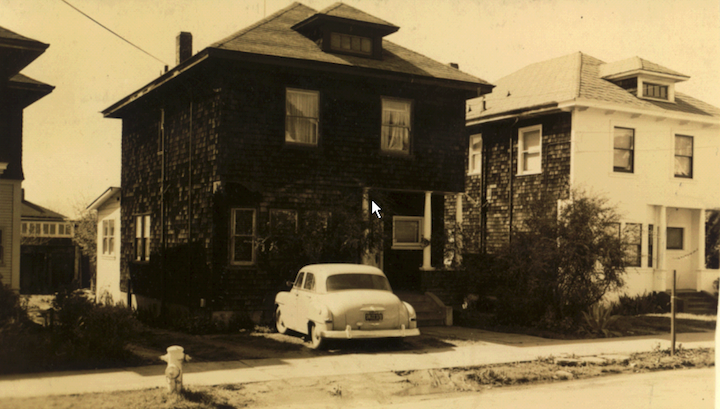
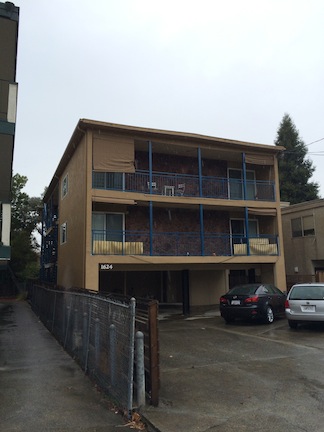
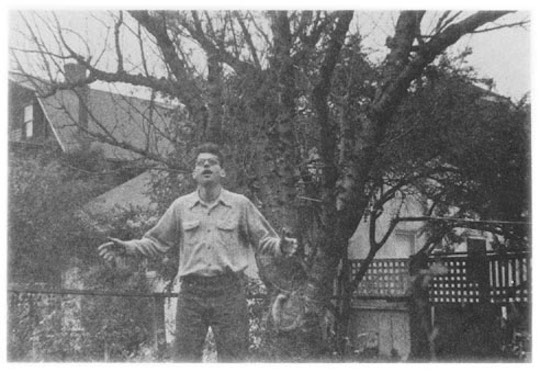
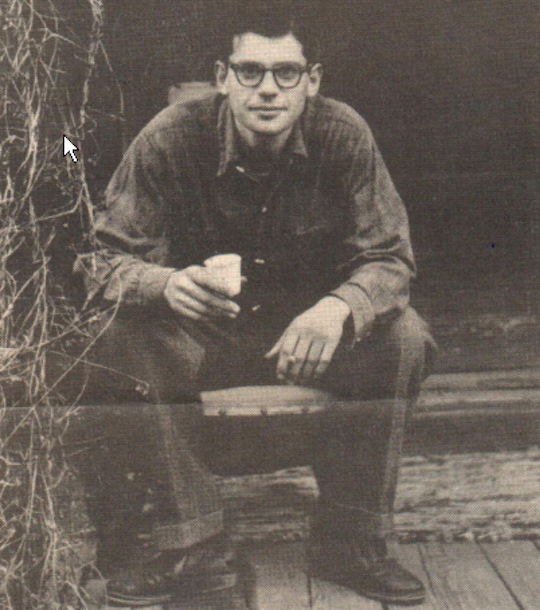
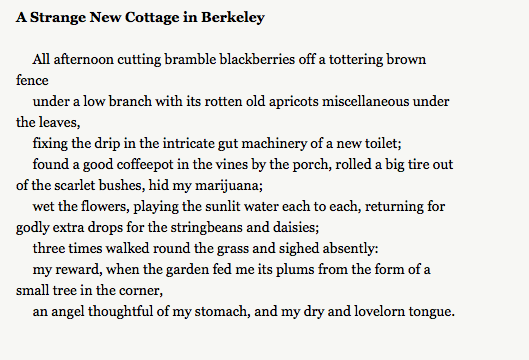
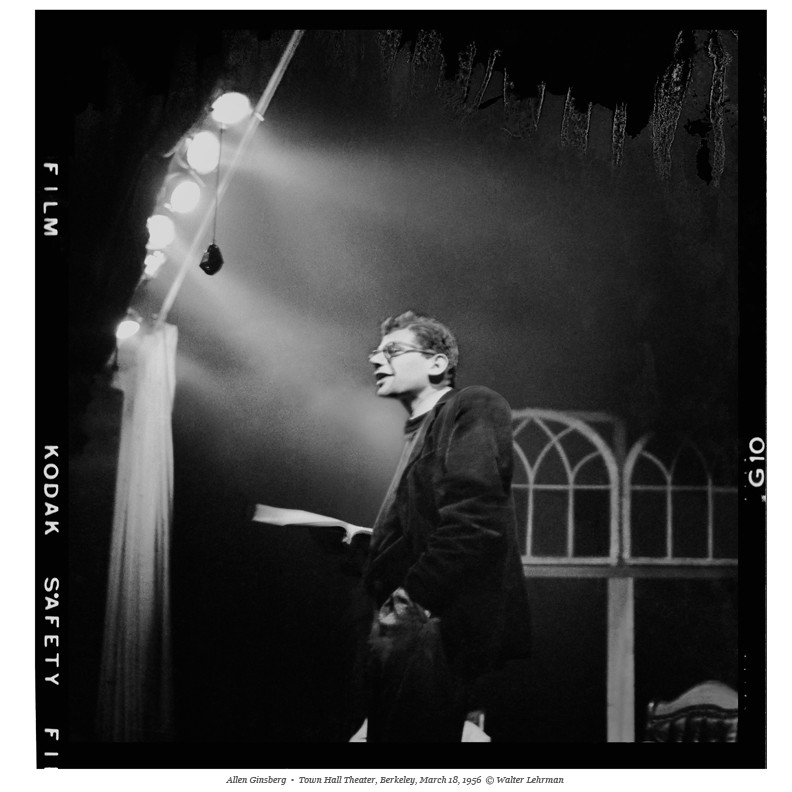
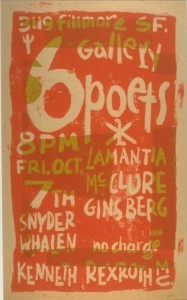
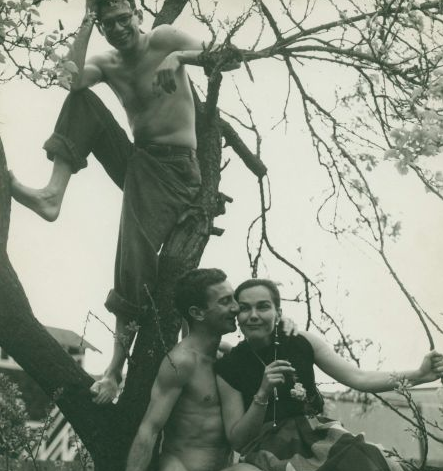
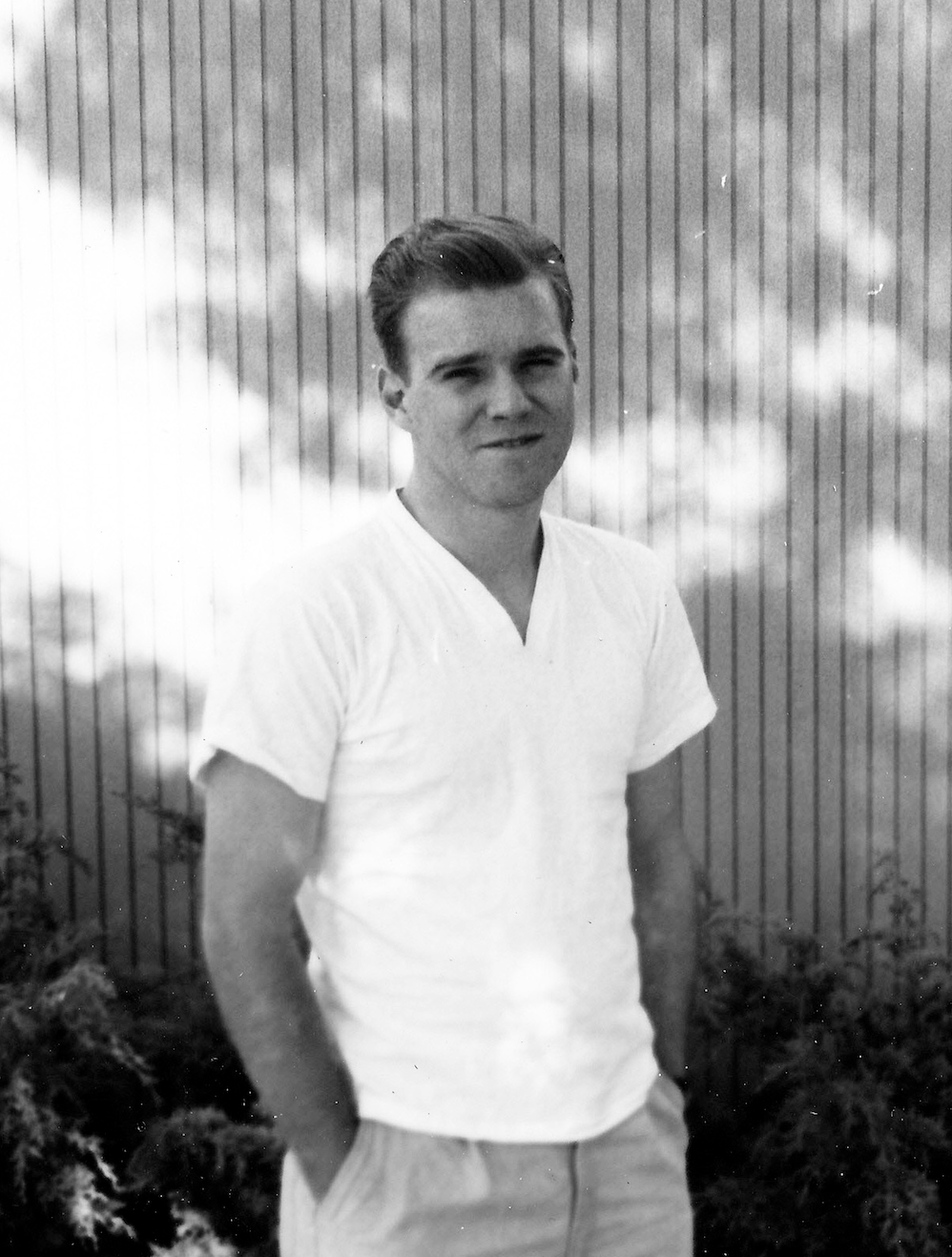
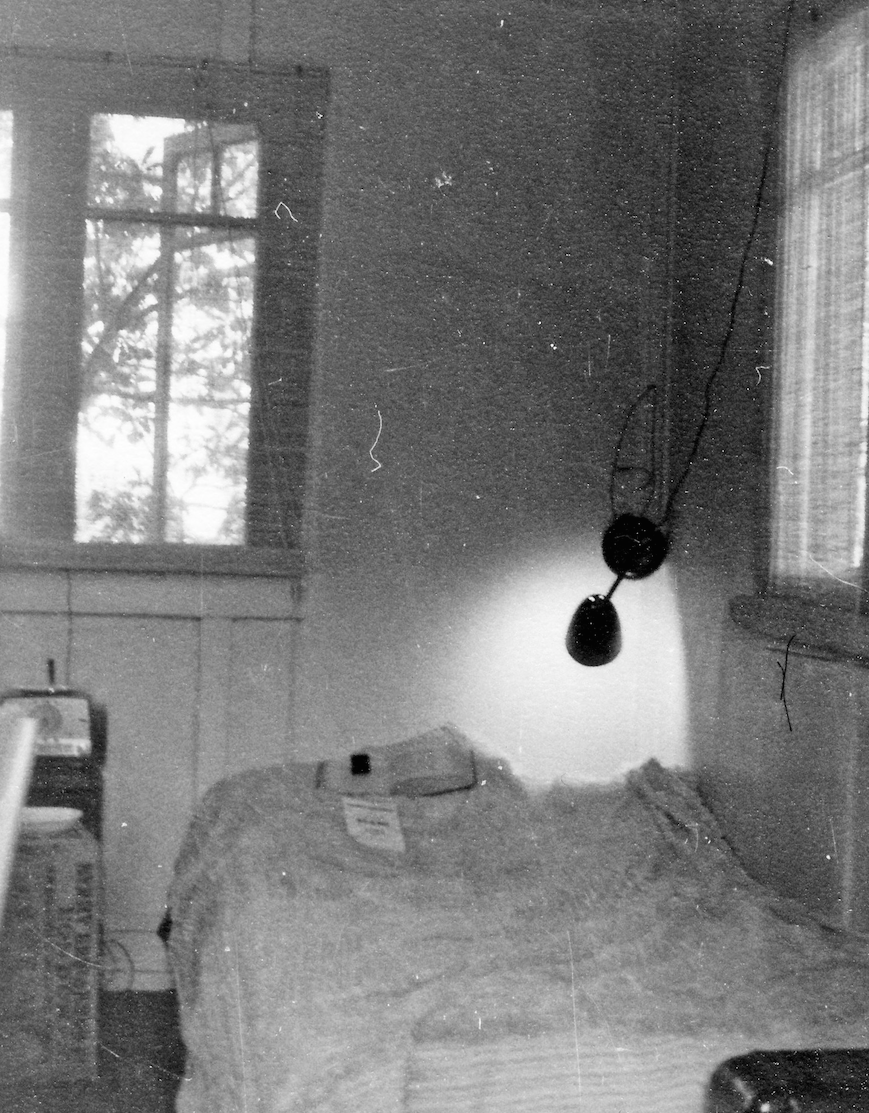
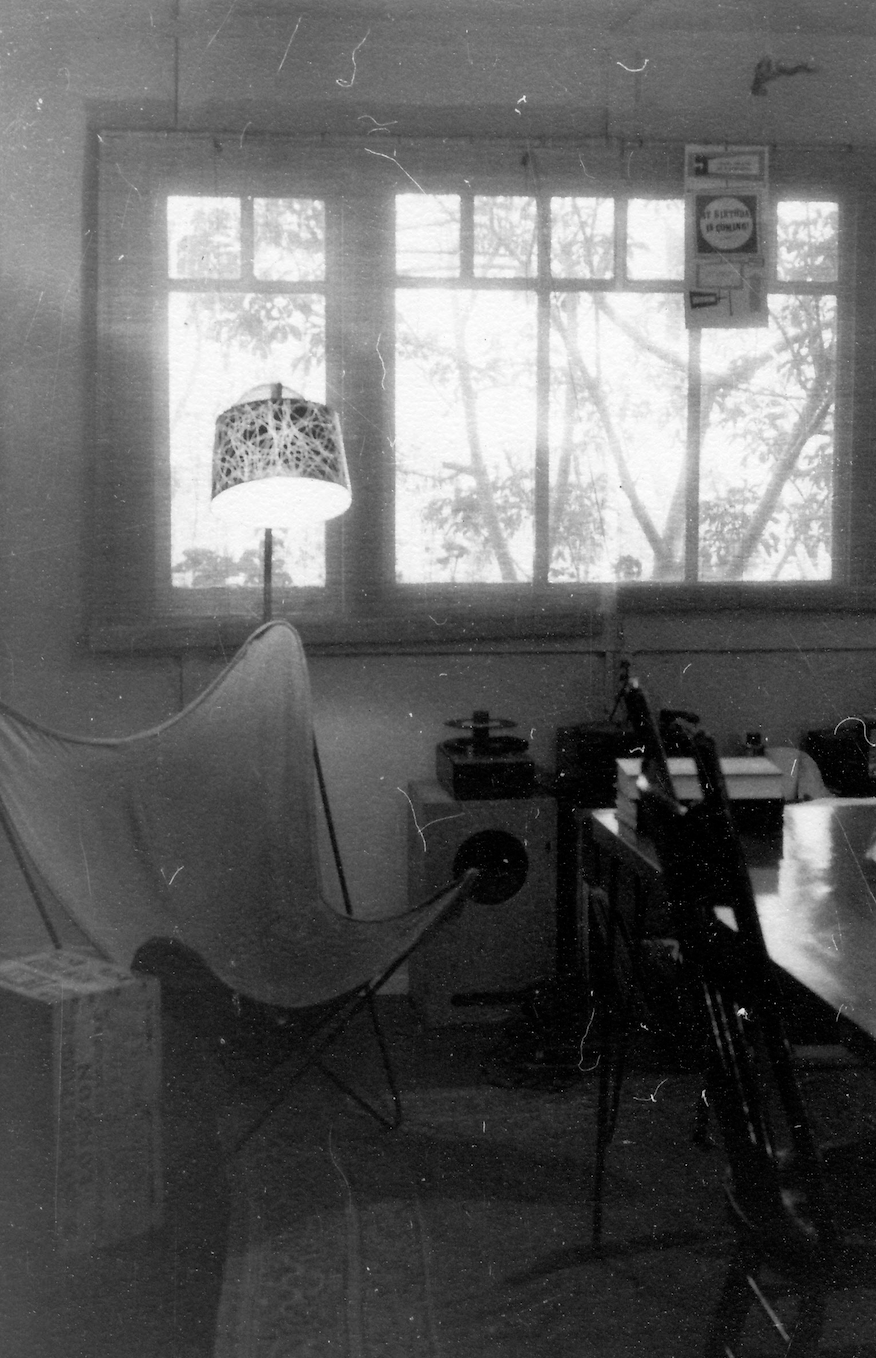
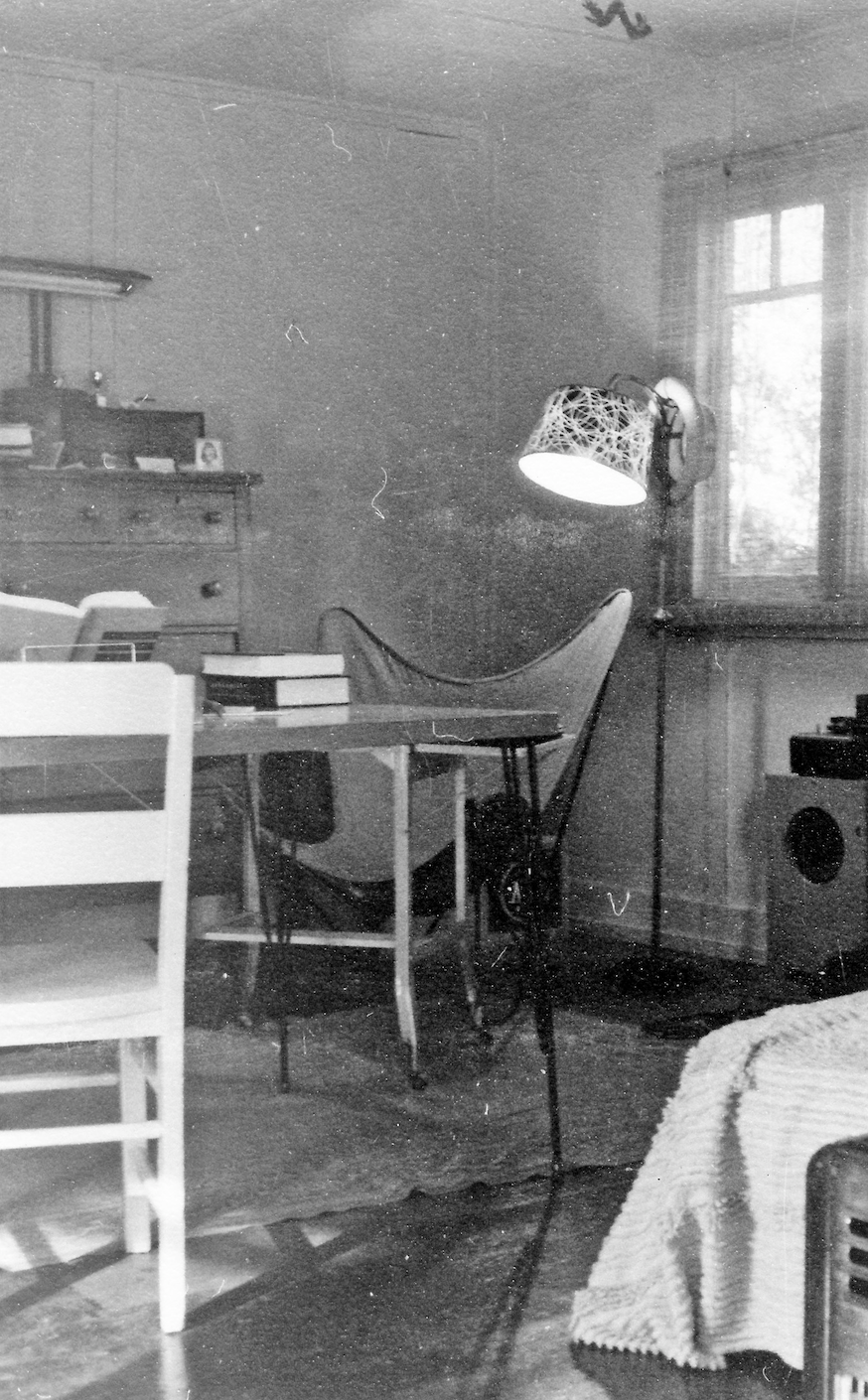
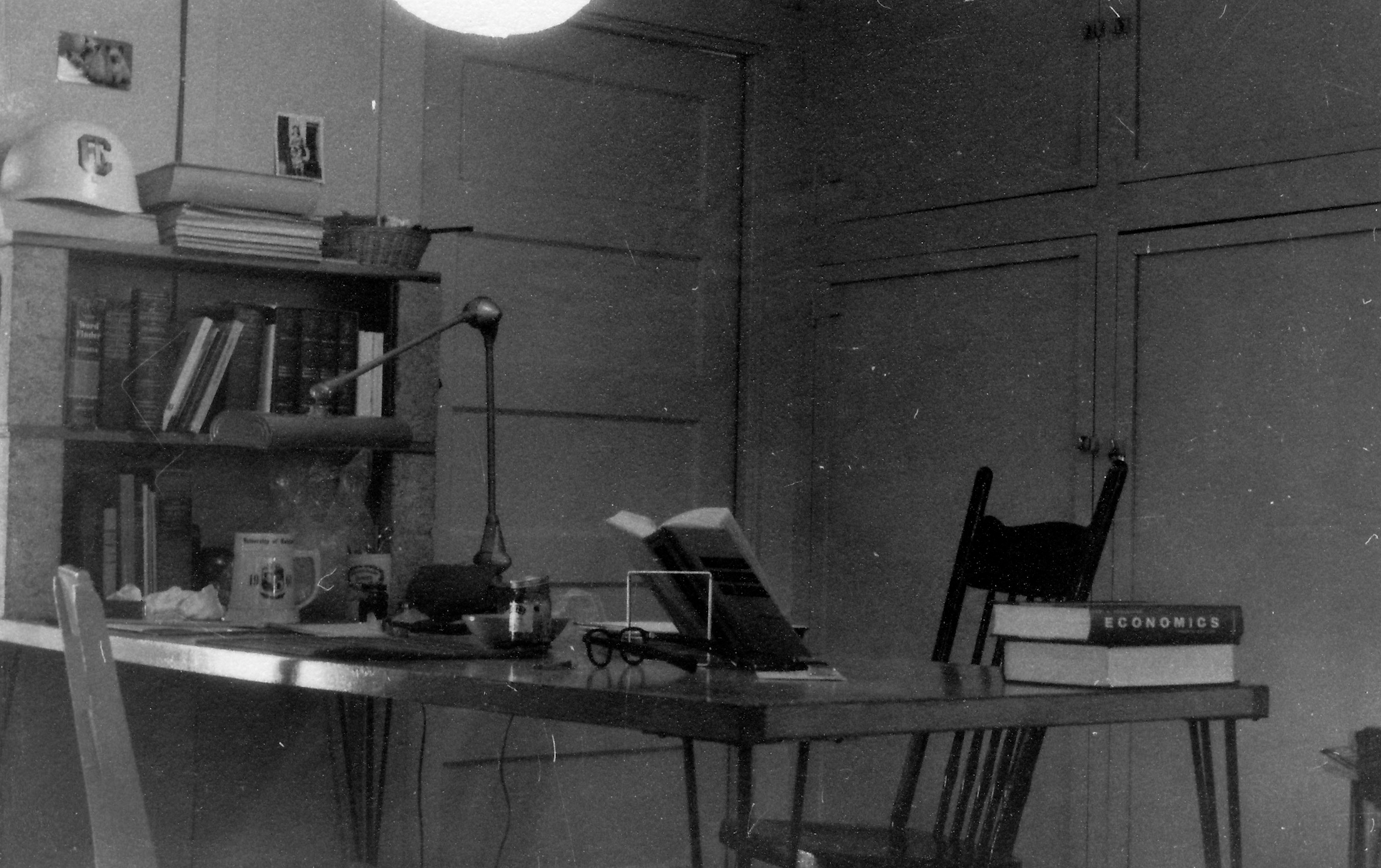
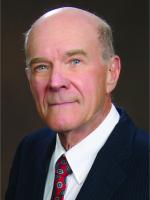
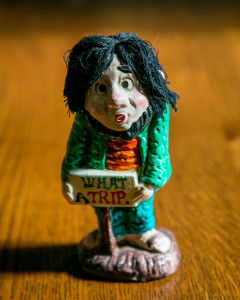
I get it! I geeked out when I found out Sconehenge was holy ground ( and recently attended that wonderful anniversary reading of Howl). I assume the cottage is gone but I will hop on my bike and visit the site now .
Ouch, indeed! (glad I reread. Saved me a disappointing trip)
Always so interesting. I never knew about this house. Thanks as always for bringing me back home
Wow, I love imagining how Berkeley (and SF) looked and felt in the 50s. I read On the Road, Dharma Bums, and Ginsberg at Penn in the late 60s. Those guys sent my mind spinning over that “unbelievable huge bulge … to the West Coast,” and my body followed a few years later.
Beautiful. Thanks, Tom.
Great post and pix! Are you aware of any pix of Allen with Tom and/or Ariel Parkinson? There is a great portrait painting Ariel did of a very young Allen in Ariel’s autobiography that she put out a few years ago. I grew up not far from Ariel’s parents summer property on Hood Canal in WAl. I always wondered if Allen ever made it up there. Lots of memories of Ariel there and some of Tom. I remember the big beard he had after he was shot.